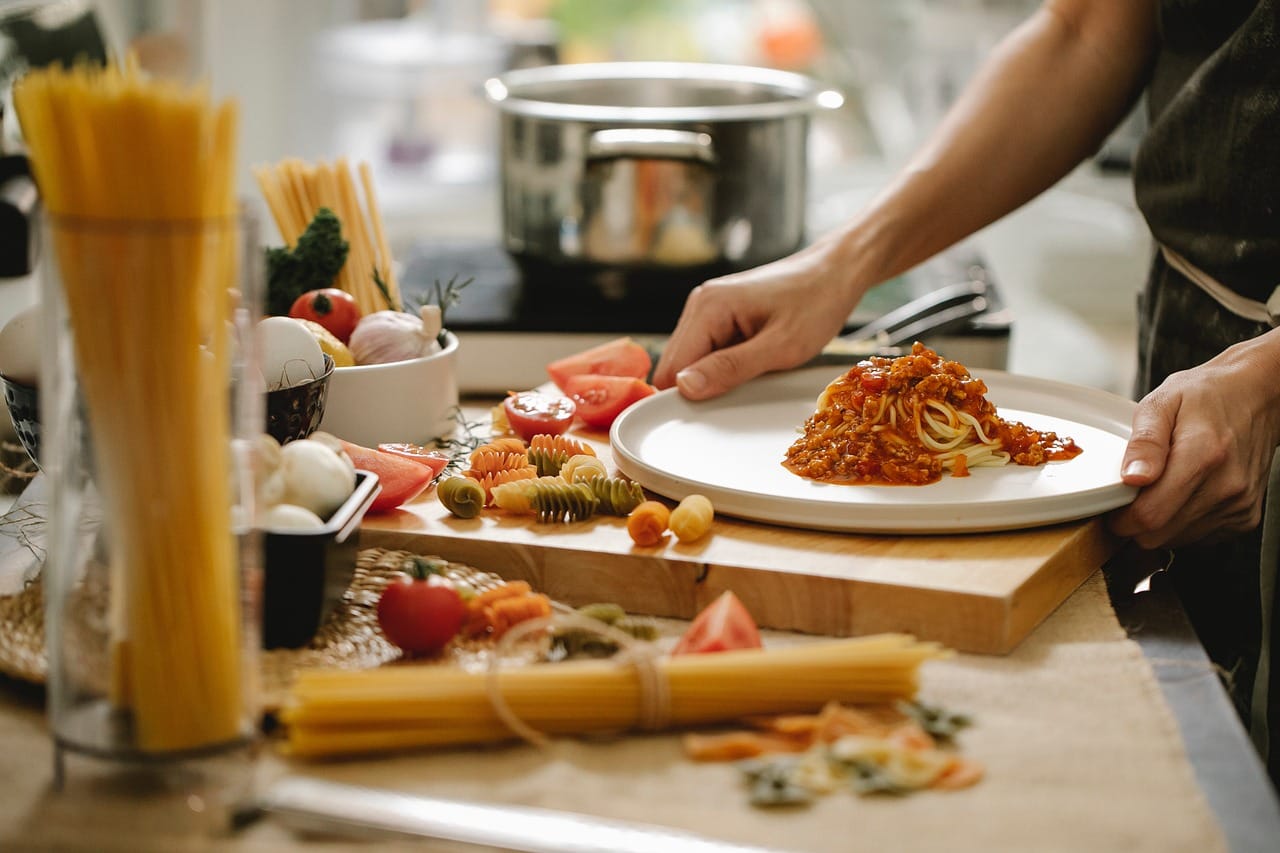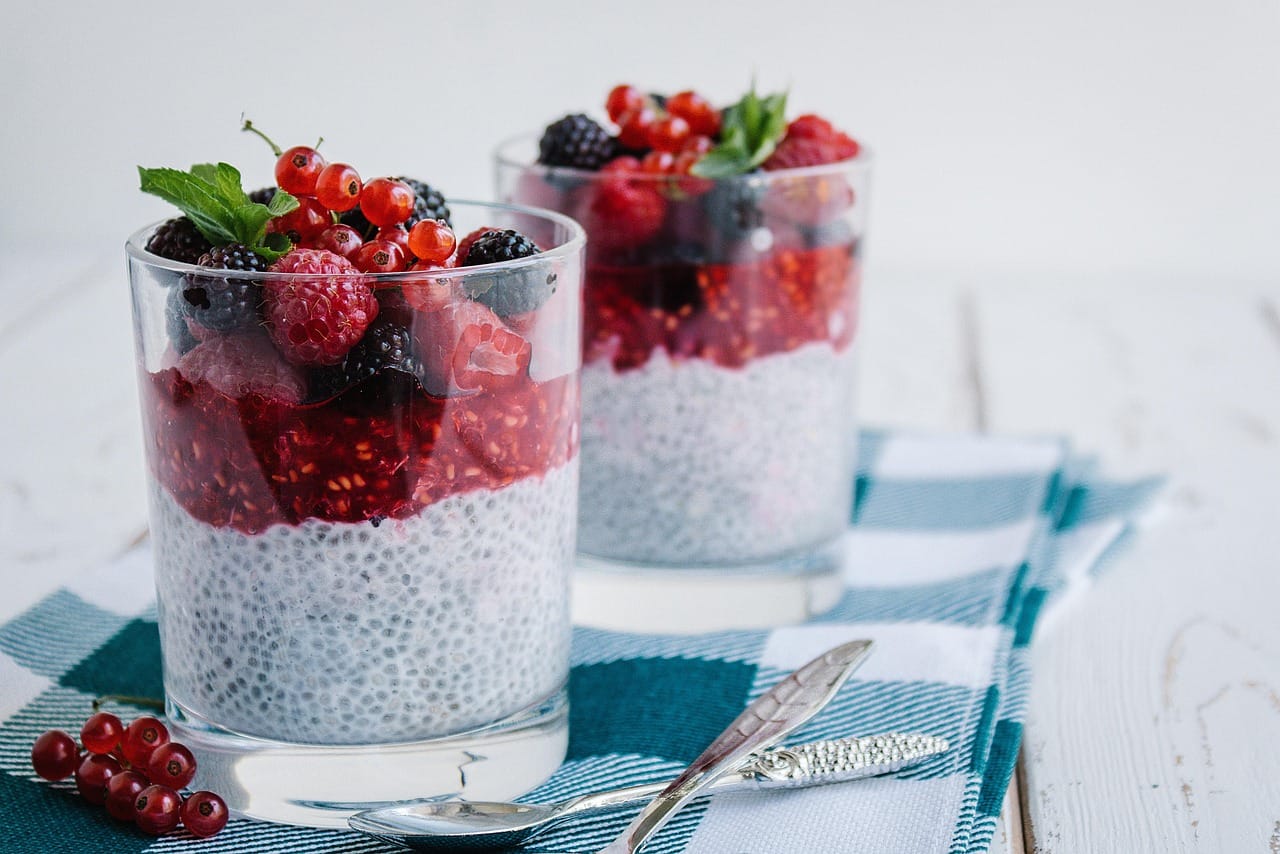The tantalizing aroma of crispy, spiced onion fritters wafting through the air is a sensory experience that defines the magic of Indian street food. Onion bhaji, also known as pyaz bhaji or onion pakora, is a beloved snack enjoyed globally. These golden-brown, deep-fried delights are perfect as an appetizer, side dish, or simply a satisfying treat on their own. This comprehensive guide will delve into the history, ingredients, preparation, variations, and cultural significance of onion bhaji, ensuring you can appreciate and even create this iconic dish with confidence.
What is Onion Bhaji?
Origins and History
Onion bhaji’s roots can be traced back to the Indian subcontinent, where deep-fried snacks have been a culinary staple for centuries. The precise origin is debated, but it’s generally believed that bhaji, in its various forms, evolved as a way to utilize surplus produce and create flavorful, easily portable food. The addition of onions, readily available and providing a distinctive flavor, cemented onion bhaji’s place as a firm favorite. The term “bhaji” itself refers to any vegetable fritter that’s been deep-fried in a spiced batter.
Key Characteristics
Onion bhaji possesses several defining characteristics that make it so irresistible:
- Crispy Texture: Achieved through deep-frying in hot oil, resulting in a delightful crunch with every bite.
- Savory Flavor: A harmonious blend of spices, including turmeric, cumin, coriander, and chili powder, creates a warm and inviting flavor profile.
- Onion Dominance: Thinly sliced onions form the bulk of the fritter, contributing both sweetness and a slight pungency.
- Gram Flour Batter: The batter, primarily made of gram flour (besan), acts as a binding agent and contributes to the overall texture.
Essential Ingredients for Perfect Onion Bhaji
Onion Selection
The type of onion you choose significantly impacts the final outcome.
- Yellow Onions: A good all-rounder, offering a balanced sweetness and mild sharpness.
- White Onions: Slightly milder than yellow onions, suitable if you prefer a less intense onion flavor.
- Red Onions: Can add a slightly sweeter and tangier note, but may require a bit more cooking time to soften fully.
- Tip: Regardless of the type, ensure the onions are fresh and firm.
Batter Ingredients
The batter is the backbone of onion bhaji, ensuring a crispy and flavorful coating.
- Gram Flour (Besan): The essential ingredient, providing structure and a nutty flavor.
- Rice Flour: Adds extra crispness to the bhaji. A small amount (1-2 tablespoons) is sufficient.
- Spices: Turmeric powder (color and earthy flavor), cumin powder (warmth and earthiness), coriander powder (citrusy and earthy notes), chili powder or cayenne pepper (heat), and asafoetida (hing) (optional, but adds a unique savory depth).
- Green Chilies: Finely chopped for added heat (adjust to your spice preference).
- Ginger and Garlic Paste: Provides aromatic depth.
- Fresh Coriander Leaves: Adds freshness and a vibrant flavor.
- Water: To bind the ingredients and create a smooth batter (use cold water for best results).
- Optional Ingredients: Ajwain seeds (carom seeds) for a distinct aroma, baking soda for a lighter texture.
Frying Oil
The choice of oil impacts the flavor and crispness.
- Vegetable Oil: A neutral-flavored oil is a safe bet for deep-frying.
- Canola Oil: Another good option with a high smoke point.
- Peanut Oil: Imparts a slightly nutty flavor and is a popular choice in some regions.
- Important: Ensure the oil is heated to the correct temperature (around 350°F or 175°C) for optimal frying.
Preparing and Cooking Onion Bhaji
Step-by-Step Guide
Tips for Perfect Crispiness
- Thin Slices: Thinly slicing the onions is crucial for even cooking and maximum crispiness.
- Hot Oil: Ensure the oil is hot enough before adding the bhaji. If the oil is not hot enough, the bhaji will absorb too much oil and become soggy.
- Don’t Overcrowd: Frying in small batches prevents the oil temperature from dropping, ensuring crispiness.
- Rice Flour: Adding a small amount of rice flour to the batter enhances the crispiness.
- Cold Water: Use cold water to make the batter; this helps in achieving a light and crispy texture.
- Rest the batter: Allow the batter to rest for 15-20 minutes before frying. This allows the gluten in the gram flour to relax, resulting in a more tender bhaji.
Variations and Serving Suggestions
Regional Variations
- Maharashtra: Often includes additional spices like garam masala and amchur (dry mango powder).
- South India: May incorporate curry leaves and mustard seeds into the batter.
- Gujarat: Can be made with a slightly sweeter batter.
Creative Adaptations
- Vegetable Medley: Add other thinly sliced vegetables like potatoes, spinach, or eggplant to the batter.
- Cheese Bhaji: Add grated cheese (cheddar or paneer) for a cheesy twist.
- Spicy Bhaji: Increase the amount of chili powder or add finely chopped scotch bonnet peppers for extra heat.
Serving Suggestions
- Chutneys: Serve with mint-coriander chutney, tamarind chutney, or sweet mango chutney.
- Raita: A cooling yogurt-based dip can complement the spicy bhaji.
- Ketchup: A simple and popular choice, especially for children.
- Lemon Wedges: A squeeze of fresh lemon juice can brighten the flavors.
- As a Side Dish: Pair with your favorite Indian curry or dal.
- Street Food Style: Serve in a paper cone for an authentic street food experience.
Health Considerations
Nutritional Value
While onion bhaji is a delicious treat, it’s important to be mindful of its nutritional content.
- Calories: Due to the deep-frying process, onion bhaji can be high in calories.
- Fat: The frying oil contributes to a high fat content.
- Fiber: Onions provide a source of fiber.
- Vitamins and Minerals: Onions contain vitamins C and B6, as well as minerals like potassium.
Tips for a Healthier Version
- Air Frying: Consider air frying instead of deep-frying to reduce the fat content.
- Baking: Baking the bhaji can also be a healthier alternative, although the texture may not be as crispy.
- Use Less Oil: Ensure the oil is at the correct temperature to minimize absorption. Drain the bhaji thoroughly on paper towels.
- Portion Control: Enjoy onion bhaji in moderation as part of a balanced diet.
- Whole Wheat Flour: Substitute a portion of the gram flour with whole wheat flour for added fiber (this will alter the texture slightly).
Conclusion
Onion bhaji is more than just a snack; it’s a cultural icon that embodies the vibrant flavors and traditions of Indian cuisine. Whether you’re a seasoned cook or a novice in the kitchen, mastering the art of making onion bhaji is a rewarding culinary adventure. By understanding the ingredients, techniques, and variations, you can create these delectable fritters to share with friends and family, bringing a taste of India to your home. So, gather your ingredients, heat up the oil, and get ready to enjoy the irresistible crunch and savory goodness of homemade onion bhaji.




